Nigel Brown
For background on the artist and works, see below.
Current Works
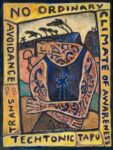
No Ordinary – Climate
Sold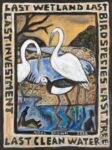
Last Wetland
Sold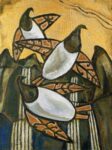
Music of Water
Sold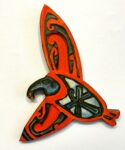
Sunset Kererū
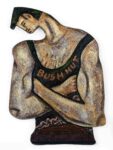
Bush Hut
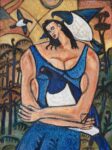
Blue Dress

A Bit of a Tall Story
Sold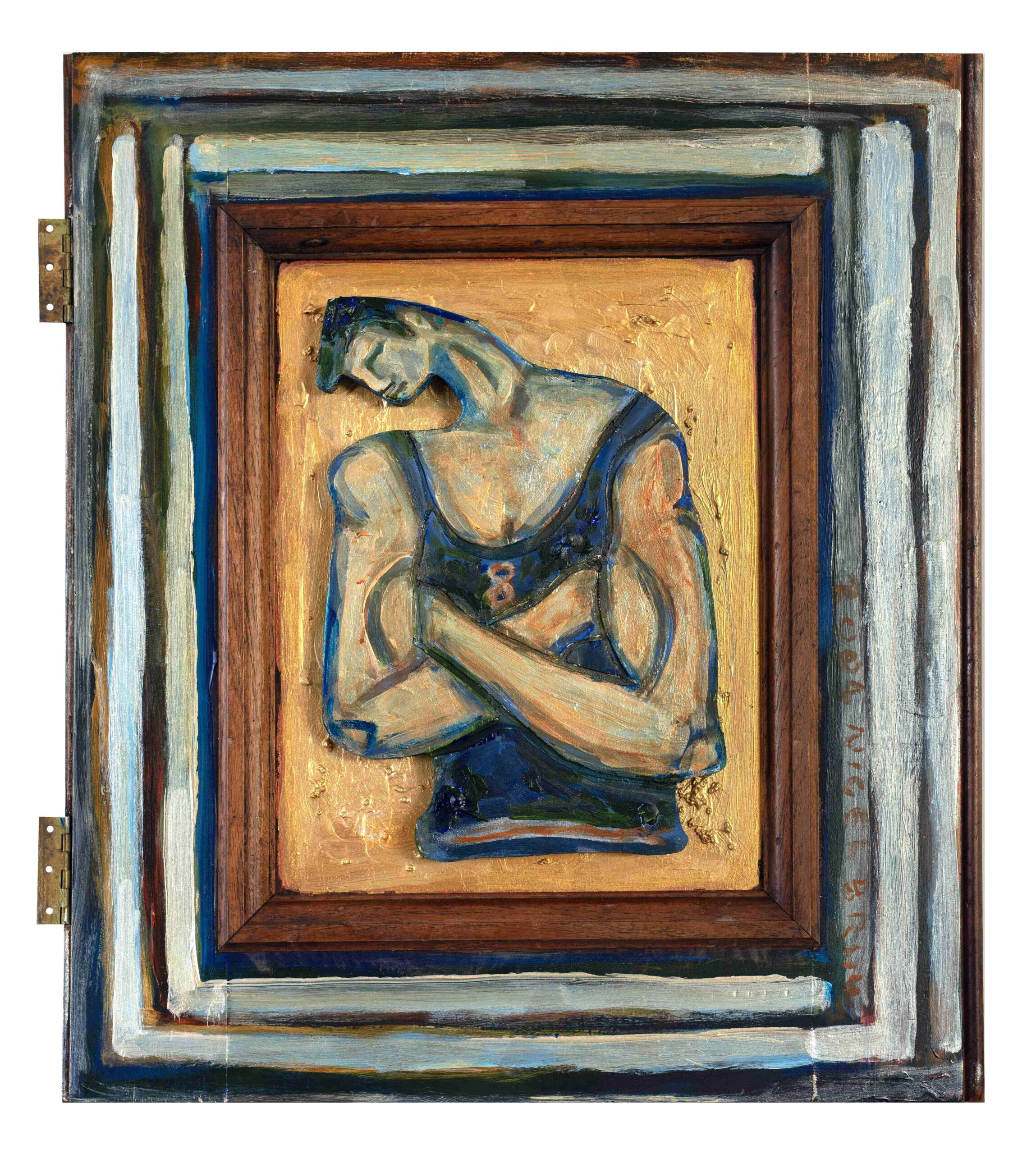
Blue no 8
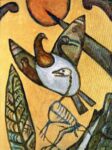
Kererū Archaeopteryx

Nature Portfolio
Sold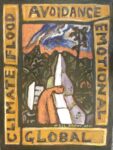
Climate Flood
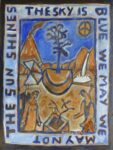
Sun Shines
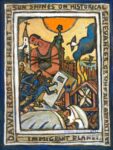
Immigrant Planet
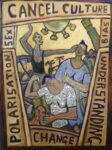
Cancel Culture
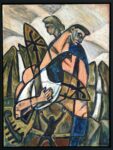
Closer We Become
Sold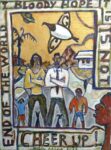
End of the World Cheer Up

Raw History
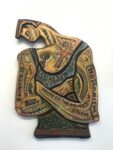
Cyclonic

Nature Under Siege
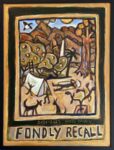
Fondly Recall
Sold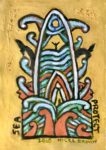
Sea Protect
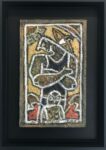
St Francis
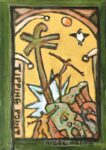
Tipping Point
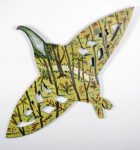
Stream of Consciousness
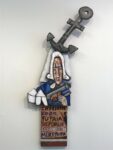
Meretoto Anchor
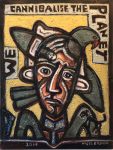
We Cannibalise the Planet
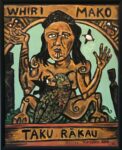
Portrait of Whirimako Black
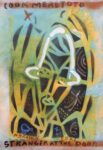
Stranger at the Door
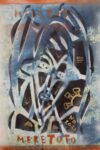
Cook Covid
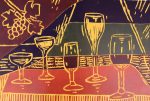
Vintage Glass
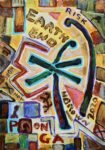
Earth End Ponga
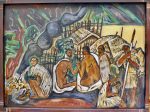
Kei te Takutai Moana
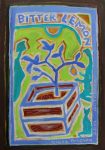
Bitter Lemon
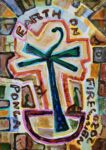
Earth on Fire Ponga
About the Artist
Born in 1949, Nigel Brown is widely acknowledged as one of our most important figurative artists and most significant narrative painter. He lived in the North Island for many years before returning to the southernmost coast of the South Island with partner Sue McLaughlin in 2001, then to Dunedin in 2016. He graduated from Elam School of Fine Arts in Auckland in 1971, has exhibited nationally and internationally, and his works are held in important public and private collections including several in the National Collection at Te Papa, the Museum of New Zealand. Nigel Brown has received three Queen Elizabeth II Art Council grants, and been awarded the Order of New Zealand Merit. While viewers often respond to his content or intent, his distinctive style and handling of paint are part of the cut-through and reality of his message. Many works bring into question the way we live – issues of sustainability, and of finding intuitive rather than strictly scientific solutions – with his sharply ironic humour underpinning the delivery of his ideas. Among Brown’s best-known works are paintings challenging the notion of the ‘New Zealand man’, the ‘real Kiwi’, staunch in the black singlet, man of the land, arms folded, uncompromising. A period in Russia on an arts residency reinforced his interest in ‘icons’ of our identity – such as the New Zealand man, Captain Cook – but also of icons of our environment – the birds, the ponga as tree of life, the landforms – and legendary figures like the poet James K Baxter or Brown’s own motif, the man-woman couple. His recent works focus very strongly on living sustainably in the landscape, especially the intuitive way birds live, as opposed to the scientific classification of the world exemplified through Cook. He uses the kererū in an emblematic way much as artists in ancient cultures did, viewing the world through the eyes of the creature; he tells stories of a ‘Climate of Change’ – socially and environmentally. ‘I have wanted to get closer to kererū, not in the sense of zoom lenses and fine details, but in a more ancient, psychic and emblematic sense’.
Recent Works
The ungainly but beautiful kererū lumber into the skies carrying hope, urging an intuitive approach. Sustainability and the need for the workers of the land (often represented by his iconic ‘black singlet’ man) to become nurturer are central to recent paintings, often with a gilt sky emphasising ‘icon’ status of certain motifs and figures, including the kererū, the ponga or tree of life, the black singlet man. Brown is also keen to escape the constraints of the ‘rectangle’ format: his painted plywood cutouts counter ‘the cool smooth slickness of our techno society with a rough homemade authenticity’. A black singlet figure remains as a kind of physical labourer needing to evolve into a nurturer. He hopefully needs to be seen as an ongoing painting device or a vehicle for the subconscious rather than as a number eight wire anachronism stuck in the past. Only viewed in this way can he measure up to the challenges facing the planet…
More About the Artist
Nigel Brown was a founding member of VAANA – Visual Artists against Nuclear Arms – and with the strong connection his art made with New Zealanders, he used it to challenge views on social and environmental issues. He continues to use his paintings as a vehicle to challenge ideas about the environment, and about the way we connect with each other. Nigel Brown challenges the viewer to think harder about notions of identity, history, and also about conservation and social issues. His sharp-edged, often ironic humour engages the viewer before he delivers the challenge, but he is well aware there is more than one side to every argument, and leaves room for interpretation and cogitation.
His Climate of Change series often uses his motif of the ‘black singlet man’ or Joe Taihape, but now with head bent in a pose of passive care, nurturing the land and the birds within it, a symbol of how humankind, as the users (sometimes abusers) of the land, must now become its nurturers.
Meretoto/Cook series: Nigel Brown continues to challenge the myths and truths of Captain James Cook’s engagement with New Zealand. Latterly Brown has been involved in a project of artistic encounters with Ship Cove/Meretoto in Tōtaranui/Queen Charlotte Sound, Cook’s preferred anchorage in Aotearoa. His sense of the ironic is often directed at the ‘iconic’: the kererū, the whare, the kiwi, the ponga tree, the dramatic landscape.
Please contact us to confirm current prices: most prices are posted at the time of exhibition, and may be revised as the artists' values increase.
